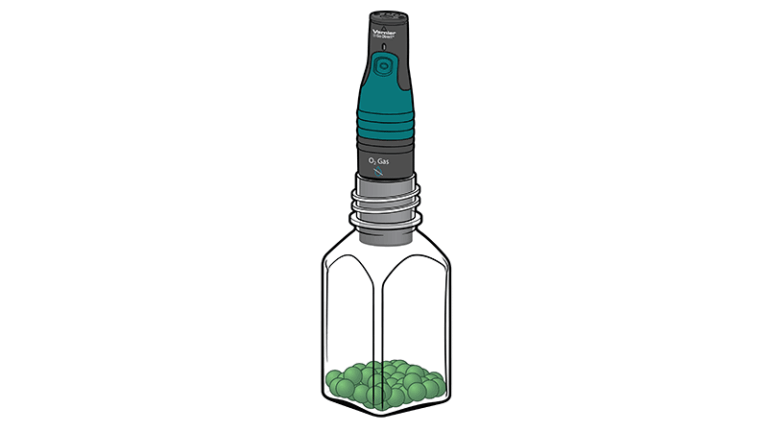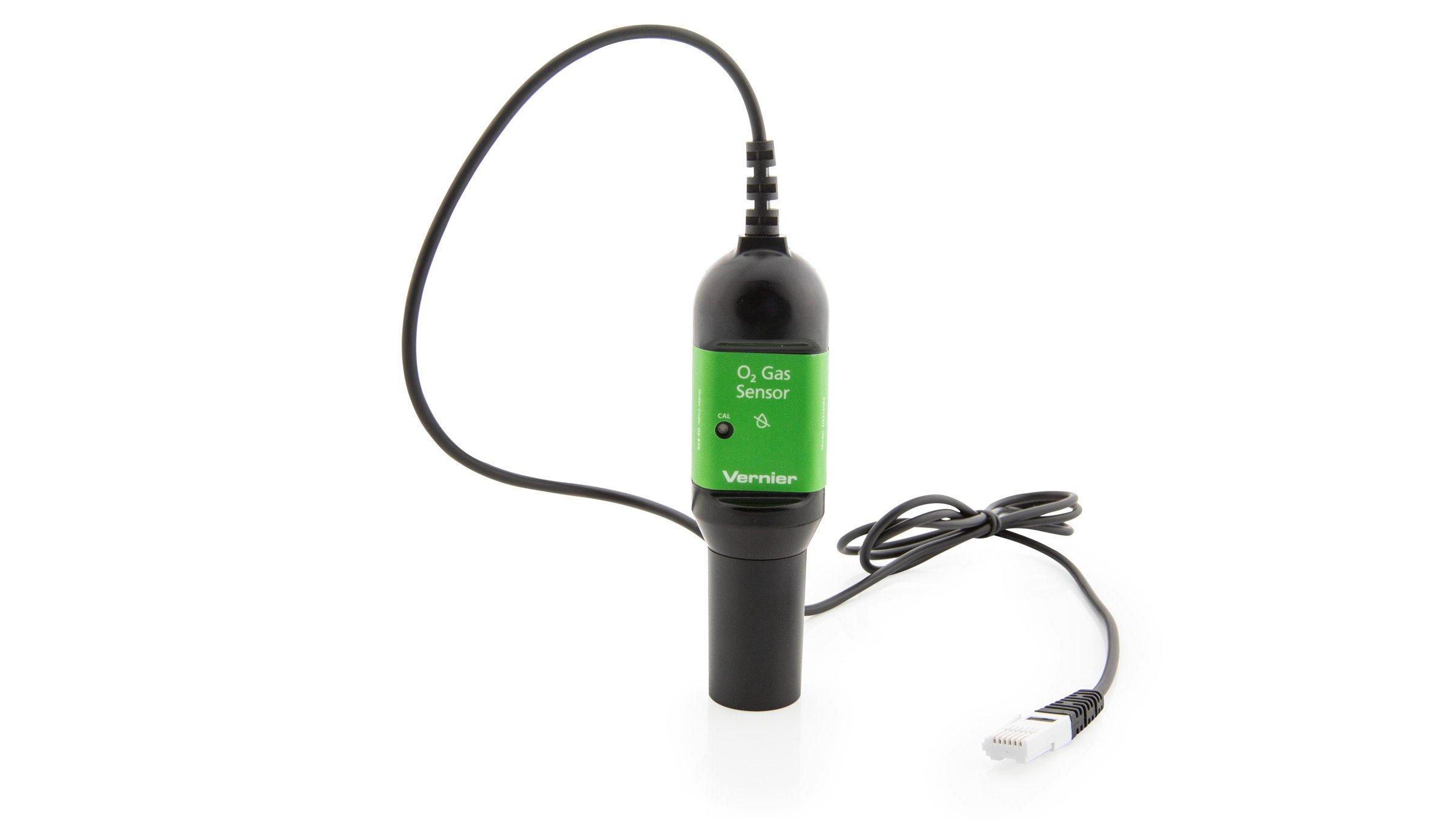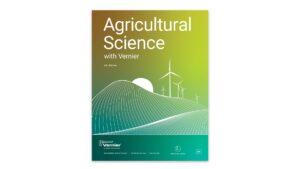Cell Respiration (O2)
Experiment #14C from Agricultural Science with Vernier
- Subject
- Agricultural Science

Introduction
Cell respiration refers to the process of converting the chemical energy of organic molecules into a form immediately usable by organisms. Glucose may be oxidized completely if sufficient oxygen is available by the following equation:
C6H12O6 + 6O2(g) → 6 H2O + 6 CO2(g) + energy
All organisms, including plants and animals, oxidize glucose for energy. Often, this energy is used to convert ADP and phosphate into ATP. It is known that peas undergo cell respiration during germination. Do peas undergo cell respiration before germination? The results of this experiment will verify that germinating peas do respire. Using your collected data, you will be able to answer the question concerning respiration and non-germinating peas.
Using the O2 gas sensor, you will monitor the oxygen consumed by peas during cell respiration. Both germinating and non-germinating peas will be tested. Additionally, cell respiration of germinating peas at two different temperatures will be tested.
Objectives
- Use an O2 gas sensor to measure concentrations of oxygen.
- Study the effect of temperature on cell respiration.
- Determine whether germinating and non-germinating peas respire.
- Compare the rates of cell respiration in germinating and non-germinating peas.
Sensors and Equipment
This experiment features the following sensors and equipment. Additional equipment may be required.
Option 1

Option 2

Ready to Experiment?
Ask an Expert
Get answers to your questions about how to teach this experiment with our support team.
- Call toll-free: 888-837-6437
- Chat with Us
- Email support@vernier.com
Purchase the Lab Book
This experiment is #14C of Agricultural Science with Vernier. The experiment in the book includes student instructions as well as instructor information for set up, helpful hints, and sample graphs and data.

